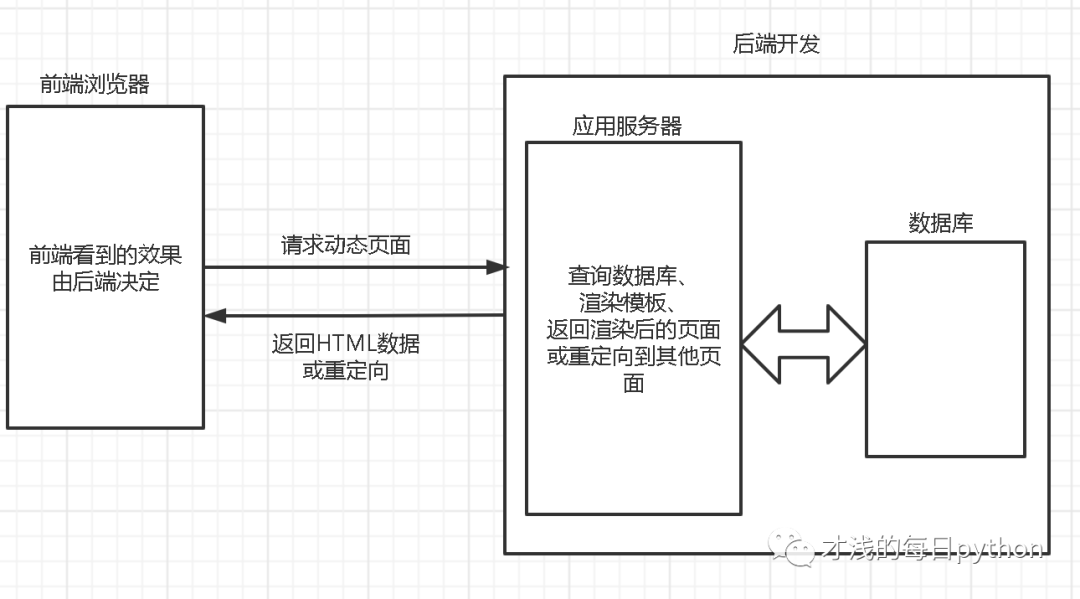ytkah
作者相关精选
Uncaught TypeError: count(): Argument #1 ($value) must be of type Countable|array
前往小程序,Get更优阅读体验!
立即前往
Uncaught TypeError: count(): Argument #1 ($value) must be of type Countable|array
ytkah
发布于 2023-08-09 08:35:05
发布于 2023-08-09 08:35:05
1K00
代码可运行
举报
运行总次数:0
代码可运行
今天在安装插件时后台提示Uncaught TypeError: count(): Argument #1 ($value) must be of type Countable|array in 64,这个是用php8开发经常会碰到的一个错误,如何解决呢?随ytkah一起来看看
这个错误是在将count()函数用于不可计数的变量或非数组时发生的。
要解决这个错误,可以在调用count()函数之前检查变量是否可计数。以下是一个示例:
代码语言:javascript
代码运行次数:0
运行
AI代码解释
复制
if (is_countable($variable)) {
$count = count($variable);
} else {
$count = 0;
}在这个示例中,使用is_countable()函数来检查变量是否可计数。如果可计数,就调用count()函数来获取计数。如果不可计数,计数设置为0。
另外,你也可以使用is_array()函数来检查变量是否是数组,在调用count()函数之前进行判断。以下是一个示例:
代码语言:javascript
代码运行次数:0
运行
AI代码解释
复制
if (is_array($variable)) {
$count = count($variable);
} else {
$count = 0;
}通过在调用count()函数之前检查变量是否是数组,可以避免出现"Argument #1 ($value) must be of type Countable|array"错误。
本文参与 腾讯云自媒体同步曝光计划,分享自作者个人站点/博客。
原始发表:2023-08-02,如有侵权请联系 cloudcommunity@tencent.com 删除
评论
登录后参与评论
暂无评论
登录 后参与评论
推荐阅读
编辑精选文章
换一批
推荐阅读
相关推荐
2024年护网行动全国各地面试题汇总(3)作者:————LJS
更多 >领券
腾讯云开发者

扫码关注腾讯云开发者
领取腾讯云代金券
Copyright © 2013 - 2025 Tencent Cloud. All Rights Reserved. 腾讯云 版权所有
深圳市腾讯计算机系统有限公司 ICP备案/许可证号:粤B2-20090059 深公网安备号 44030502008569
腾讯云计算(北京)有限责任公司 京ICP证150476号 | 京ICP备11018762号 | 京公网安备号11010802020287
Copyright © 2013 - 2025 Tencent Cloud.
All Rights Reserved. 腾讯云 版权所有
登录 后参与评论
3














